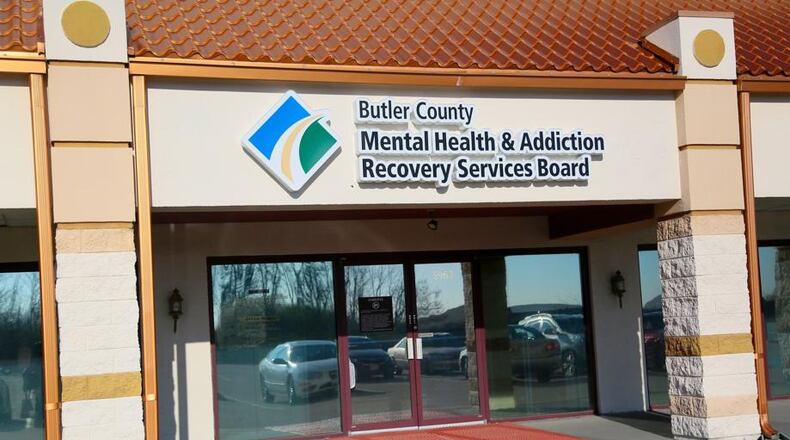More recently, although things are still very fluid, the definition has been expanded to a place where police and family members can take people with mental illness who are having an episode.
With $75 million in federal stimulus money on the table, the project has been pitched to the commissioners both by the mental health board and Sojourner, one of the county’s main service providers. The price tag ranges from $1 to $5 million or more.
Scott Rasmus, executive director of the county’s Mental Health and Addiction Recovery Services Board, had his budget hearing with the commissioners recently and informed them they have conducted two rounds of eight focus group meetings. He said attendees were from a wide swath of the community including police, judges, clergy, doctors, elected officials, about 80 to100 all tolled.
Now they are moving into an advisory committee phase to finalize the request for proposals. After Rasmus made an informal ask to the commissioners earlier this year he told the Journal-News why these focus groups were warranted.
“The last thing I want to do is create a facility and its goal or its role in the community is not fully defined or understood in the community by everybody,” Rasmus said. “And that it’s sustainable and that it functions appropriately.”
He told the commissioners they are looking at a 20 to 30 bed facility, however one model that comes recommended by some other jurisdictions a a best practice is to have a mix of bedrooms and open areas with recliner-type treatment chairs.
Commissioner Don Dixon was skeptical about that sort of set up.
“I don’t think you can get that kind of density approved, that’s the way they used to do in the old days,” Dixon said. “Now the state and federal have minimum per person. I’m sure you can figure it out, but I don’t think it works.”
Rasmus told the Journal-News this model focuses on stabilization and finding other resources for people, not long-term care. He said there is a facility in Oregon that “turns like 60% of the folks in eight hours, that fast.”
“There’s a lot folks on the (focus group) calls have been speaking towards the stabilization piece,” Rasmus said. “You want to focus on stabilization because if you go longer than that you begin to need more space, more beds, more time, more resources, pharmacies, greater doctor and nursing support and it becomes more costly.”
There are also questions about who will run the facility. The MHARS board does not provide direct services to clients it provides funding to local providers like Sojourner who have their own facilities. Rasmus said his board can provide services on a short-term basis but they must find an outside provider long-term, hence the RFP.
The county has considered utilizing one of its own buildings, perhaps a portion of the county nursing home, for the center or building a new facility. All three commissioners have openly said the crisis center is needed and capital funding will likely materialize.
Operationally Rasmus said his board previously committed funds for a 10-bed facility, $1 million for capital, $500,000 for operations. At other facilities in the state the bulk of operations are covered by Medicaid, according to Rasmus.
He expects the advisory committee to have a recommendation on “the size, the location, the staffing, the services that are going to happen here, what kind of referrals, what kind of discharge process, what kind of model” in January or February and a facility could conceivably be a reality by the spring of 2024.
About the Author

